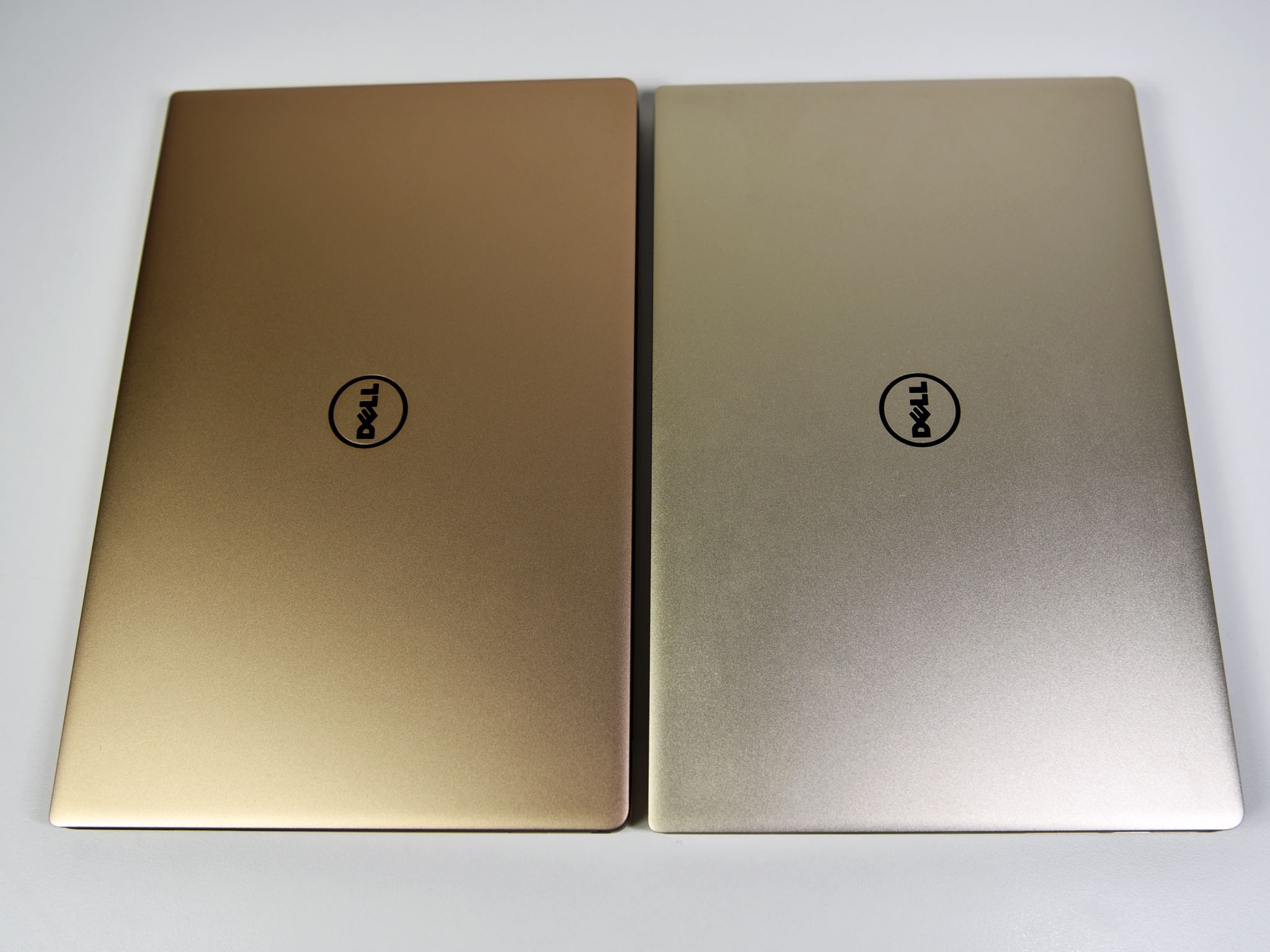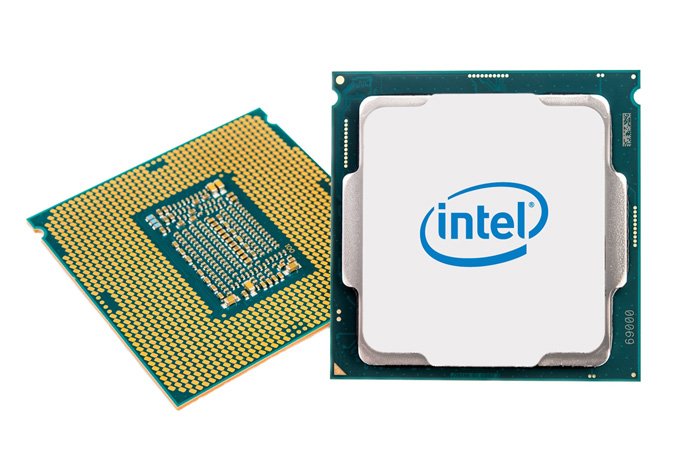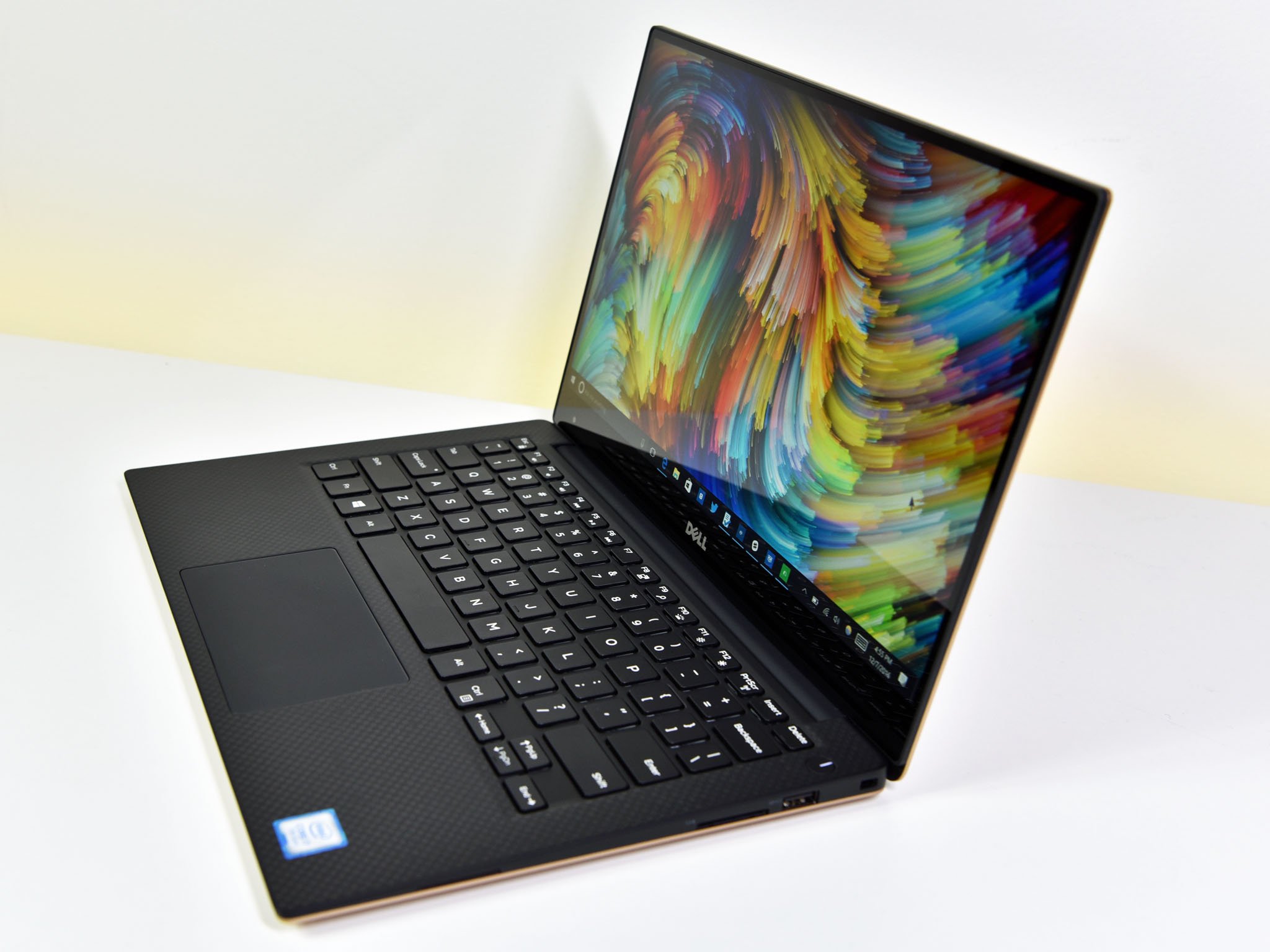
At IFA 2017, Dell announced an updated version of its flagship laptop, the XPS 13. Keeping the same "9360" number, this newer model also keeps the same chassis dimensions, the same display, the same colors, and the same keyboard and touchpad. So what's changed? Really only one thing: the processor (CPU).
What does that mean for someone interested in an XPS 13? Let's take a look.
2017 XPS 13 has eighth-gen Intel CPU

The 2016 XPS 13 was one of the first laptops around to get Intel's seventh-generation "Kaby Lake" CPU, and it's again one of the first laptops to receive the new Intel CPUs, this time in the eighth-generation.
These new CPUs have four cores rather than two, which Dell promises will boost performance by about 44 percent. Also helping with the performance boost is something called "Dell Dynamic Power Mode," which was first introduced with the XPS 13 2-in-1. Your CPU's clock speed will scale up and down automatically depending on the task at hand, effectively conserving battery life.
The new XPS 13 includes 'Dell Dynamic Power Mode,' which automatically scales the CPU's clock speed to help conserve battery.
The base frequency of the eighth-generation Core i7-8550U CPU is 1.80GHz and can reach 4.0GHz thanks to Intel Turbo Boost. To compare, the seventh-generation Core i7-7560U has a base frequency of 2.40GHz, with a max Turbo frequency of 3.80GHz.
The eight-generation Intel Core i5-8250U also has four cores, with a base frequency of 1.60GHz and a max frequency of 3.40GHz. To compare, the seventh-generation Intel Core i5-7200U has two cores, a base frequency of 2.50GHz, and a max frequency of 3.10GHz. The newer CPUs can operate at a lower frequency when not under load, but can tackle intensive tasks thanks to the four cores and higher max frequency.
All the latest news, reviews, and guides for Windows and Xbox diehards.
Dell XPS 13 pricing and availability
There are currently eighth-generation Core i7 configurations available on Dell's website, and eighth-generation Core i5 configurations are expected in October. The 2017 model with a Core i7 costs about $1,300. That's without a touch display; configurations with an eighth-generation CPU and touchscreen have yet to be announced.
There are still plenty of 2016 XPS 13 models with seventh-generation CPUs available, too, starting with the Core i3 for about $800. Also available are Core i5 and Core i7 models, with prices rising for each configuration.
If you don't need a particularly powerful laptop, the Core i3 model is still a great machine. It has the same chassis, same great display, and same keyboard and touchpad. However, if you'd like a real performer, you'll definitely want to grab an eighth-generation configuration, whether it be with a Core i5 or Core i7.
More XPS 13 resources
For more information about the 2016 version of the XPS 13 9360, check out Executive Editor Daniel Rubino's in-depth review. We also put together some guides about DIY XPS 13 projects that are worth reading.

Cale Hunt brings to Windows Central more than nine years of experience writing about laptops, PCs, accessories, games, and beyond. If it runs Windows or in some way complements the hardware, there’s a good chance he knows about it, has written about it, or is already busy testing it.

